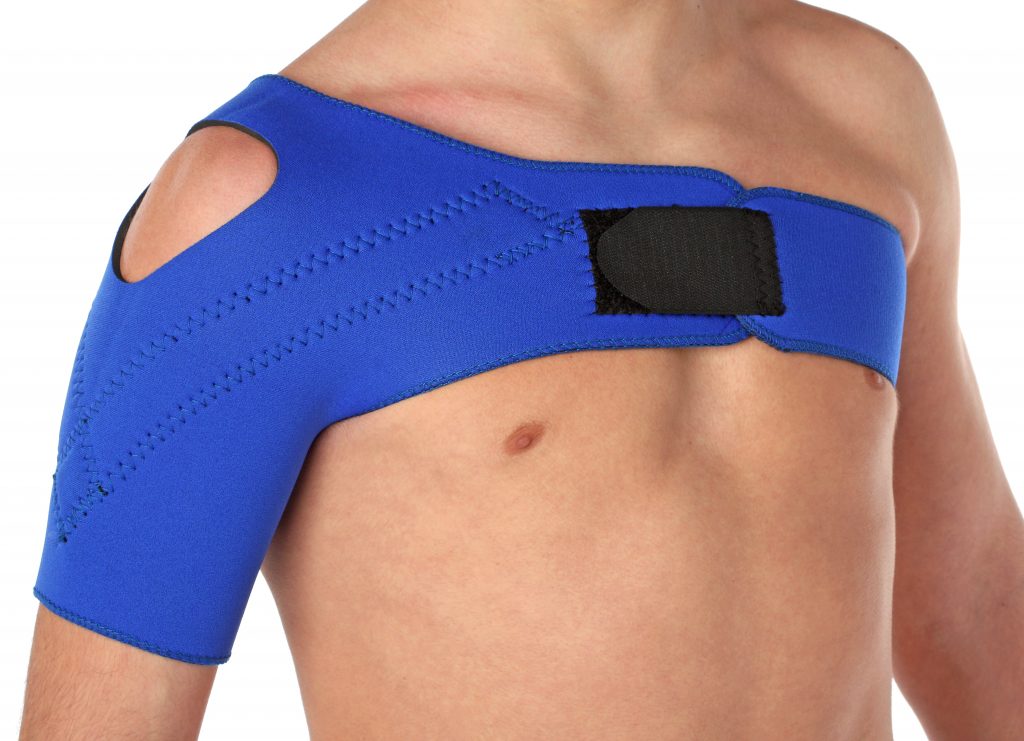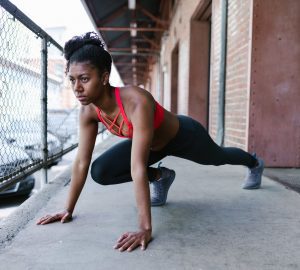Grip strength is one of the foundational biomechanical principles that support both activities of daily living, like carrying groceries and opening doors, as well as exercise and sports play. If you think about it, tons of sports require grip strength from baseball and tennis to golfing, rock climbing, cycling, you name it.
Don’t miss this essential guide to grip strength – understanding what it is and how to strengthen yours.
Types of Grip Strength
The hand, wrist, and forearm all work together when it comes to grip force. Muscles located in the forearm are attached to the hand via tendons that stretch across the wrist all the way up to the distal phalanges, or the bones at the tips of the fingers.
The force of your grip relies on both the strength of your muscles as well as the coordination of the ligaments, tendons, and bones all working together. Depending on which fingers you use, the “type” of grip strength you employ may vary. There are three categories of grip strength including:
Pinch grip – the power you exert between your thumb and fingers is called your pinch grip. Opening jars, rock climbing, catching a frisbee – all of these employ pinch grip, whether you are using your thumb and one finger or your thumb in conjunction with all your fingers.
Support grip – your ability to hang from something with your hands or hold something for extended periods of time is categorized as support grip. Doing a pull-up, for example, requires support grip as does holding grocery bags, carrying your kid’s car seat, etc.
Crush grip – your ability to hold and compress things between your fingers and palm, like you might a stress ball, is called your crush grip. Every time you shake someone’s hand, hold a dumbbell, and swing a bat, for example, you are using your crush grip.
10 Ways to Improve Your Grip Strength
- Squeeze a tennis ball or stress ball 50 to 100 times throughout the day, alternating hands
- Practice picking up a 10-pound weight plate with just your thumb and fingertips
- Squeeze a spring-loaded grip trainer tool
- Practice pull-ups regularly
- Practice hanging from your pull-up bar with a double overhand grip (work up from 10 seconds to an entire minute)
- Soak a towel in water and then wring it out as much as you can. Repeat but switch the direction in which you twist the towel
- Carry two heavy kettlebells or dumbbells (20 to 50 pounds depending on your capacity) at your sides and walk 30 yards forwards and back – this is known as a farmer’s carry
- Try indoor or outdoor rock climbing
- Slip a rubber band over your fingers and practice opening your hand as wide as possible, repeat 50 times
- Include obstacle courses into your cross-training regimen
Want to get the most out of your grip training? Don’t overdo it. Tackling 3 to 5 reps over 3 to 5 different sets a few times a week should have you noticing results in no time.
Problems with Grip Strength
If you have not experienced an acute injury to your arm, wrist, or hand but are experiencing weakness or discomfort associated with gripping, pinching, grasping, or holding things, it may be more than a lack of muscle mass in your forearm.
Prolonged computer operation that requires repetitive typing with thumbs angled upwards and wrists often not resting in a neutral position has been shown to lead to nerve compression problems, like carpal tunnel syndrome, as well as reductions in grip strength. In fact, a 2012 study published in the Indian Journal of Physiotherapy and Occupational Therapy found that a 10-year period of working on computers directly correlated with a decrease in grip strength (attributable to articular wear and tear and microscopic tears in the soft tissues of the lower arm and hand).
Shoulder injuries have also been linked to reduced grip strength. A 2016 experimental study reported in the journal Shoulder & Elbow concluded that an assessment in grip strength could actually be used to help indicate rotator cuff function in the shoulder as both have a strong correlation with each other. Shoulder injuries like tendonitis and torn rotator cuffs can require physical therapy, surgery, and the use of aids like shoulder braces and slings, directly impacting your arm’s capacity to grip normally.
Grip weakness may also result from simply getting older as well as chronic conditions like arthritis, multiple sclerosis, nerve damage, and even heart problems. If you have worked at strengthening your grip and still experience weakness or other symptoms, consult your doctor right away. Grip strength is actually a great indicator for overall health and longevity so no matter what you do, incorporate more grip training into your workouts!









